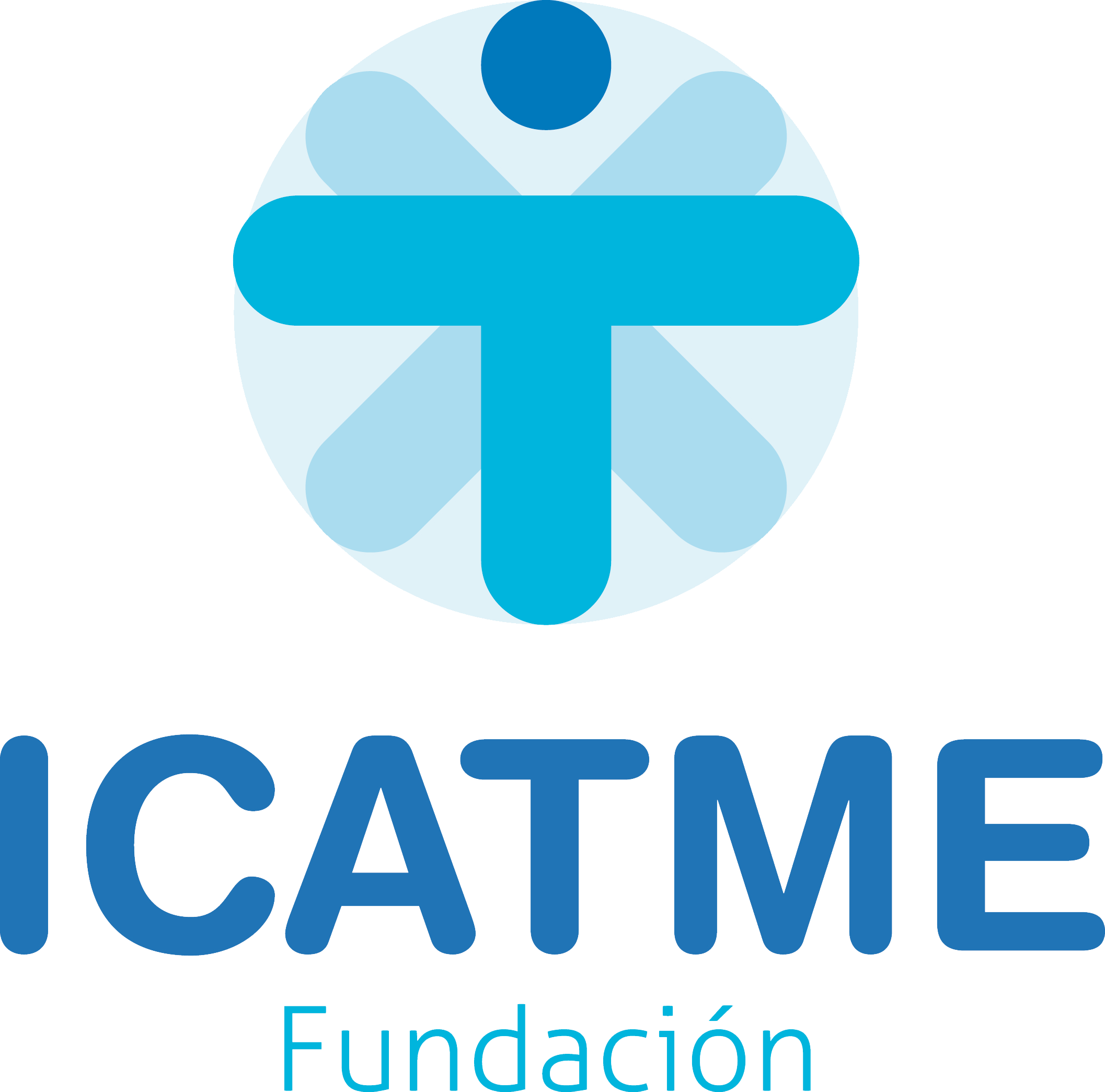The osteotomy involves making a partial cut in the bone, either in the femur (as in the case of genu valgum) or the tibia (in the case of genu varum) and in the adding or subtracting, depending on the case, of a “wedge” to achieve bone deformity correction as per preoperative planning. Once the correction is done, the osteotomy is fixed with osteosynthesis material.
With this surgery, the weight of the patient that passes through the affected tibiofemoral compartment is moved to the contralateral side of the knee.
What is it indicated for?
It is indicated for decreasing pain and prolonging the life of the joint in patients in whom a process of joint wear has begun. Wear or osteoarthritis usually manifests symptoms between 50 and 60 years of age. There are factors that can advance the onset of the disease, such as a history of fracture in the lower limb and previous surgeries around the knee, which can lead to a misalignment of the limb.
Osteotomies are a useful alternative to reduce or eliminate pain, improve the quality of life and extend the life of that joint in an effort to avoid or at least delay the placement of a prosthesis in these cases.
Treatment
During the surgery, an arthroscopy to assess the state of the joint and associate the treatments that correspond to intraarticular level (meniscal treatments, cartilage, ligament reconstruction, etc.) is first performed.
The correction of the varus deformity of the limb is the most frequent, for which an osteotomy at the tibial level is done. These can be addition (a wedge is added in the medial part of the tibia is added) or subtraction (a wedge on the side of the tibia is resected) osteotomies. The choice of one technique or another depends on the characteristics of the proximal tibia, the patient’s age, patellar height and some other factors that are evaluated in each particular case.

Rehabilitation
The rehabilitation process depends on the technique that has been carried out, thus varying the body-weight loading options the first few weeks. Overall, the patient begins with muscle activation and mobility recovery exercises from the first postoperative day with the estimated hospitalization being between 48 and 72 hours.
Crutches are used between 4 and 8 weeks depending on each particular case and the improvement in the patient begins to be significant after the third month.

